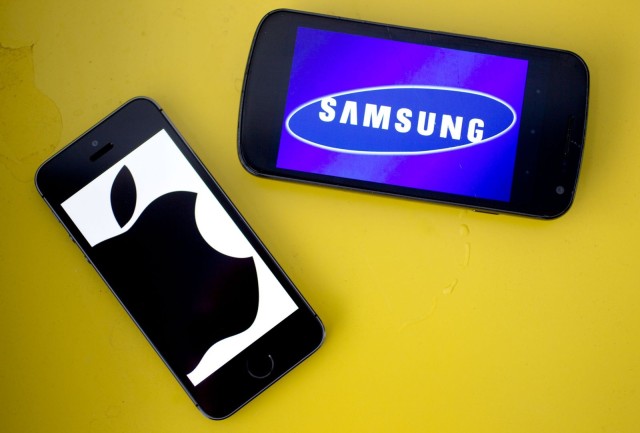A new study tries to determine which companies are the most creative. The method used is open to dispute, especially as Apple is way back at eleventh place while its chief rival Samsung is in second.
Putting aside questions about methodology, the results are reflective of an attitude many people have about which of these two rivals is more innovative. This is the result of very different ways the two companies design their products. And it’s more than a bit unfair to Apple.
OK, let’s touch on methodology
The “Innovation Around the World” study was done by Kempler Industries, and it’s just a count of which companies, countries, and regions have received the most patents. According to this method, IBM is the most creative company simply because it received the largest number of patents in 2017.
But “creativity” is a nebulous term. Deciding what is and what isn’t creative is challenging. An idea one person considers creative can easily be judged silly by another.
Just counting the number of a company’s patents isn’t the solution because the Patent Office doesn’t determine if ideas are good. Just that they are new. And, realistically, this government agency is so overwhelmed and under-budgeted that it doesn’t even do that very well.
Apple creativity vs. Samsung
As mentioned, Kempler’s study named Samsung the second most creative company in the world, while Apple is just eleventh. That mirrors the thoughts of many Samsung fans who are quick to point out that their Galaxy phones frequently have features years before they appear in an iPhone.
This attitude doesn’t take into account Apple’s design philosophy. The company isn’t trying to release devices with new features before any of its rivals. Its goal is to make the best devices it can. If CEO Tim Cook and his chief designer Jony Ive don’t think a new feature contributes to that goal, it doesn’t go in the next iPhone.
Samsung, by contrast, builds new features into its smartphones as soon as possible. The company lets customers decide whether these additions improve the device.
To add or not to add
Folding displays are an excellent example. Samsung is racing several competitors to make the world’s first phone designed around a folding screen. Apple, on the other hand, is studying the technology, and may have a folding iPhone out in few years.
It’s obviously too early to say whether Samsung’s foldable device will be user friendly. But in the past the first products with radical new features have rarely worked well. The Apple version, when it debuts much later, will surely perform far better.
Or take facial recognition. Android users had access to this biometric security system years before Face ID appeared in the iPhone. The difference is Apple’s system works very well, unlike all of its rivals’. Adding features that don’t improve products isn’t creative. People have been doing that for thousands of years.
It’s unfair to say that Samsung’s design strategy of “throwing things at the wall to see what sticks” is more creative than Apple’s more deliberative method of introducing new features. It ignores the fact that Apple could build every type of new tech into each successive iPhone, but chooses to wait until the technology is ready for mainstream use instead.
Which isn’t to say Apple is much more creative than its rival. Really, the two companies are equally innovative. Apple is just a lot easier on its customers.


